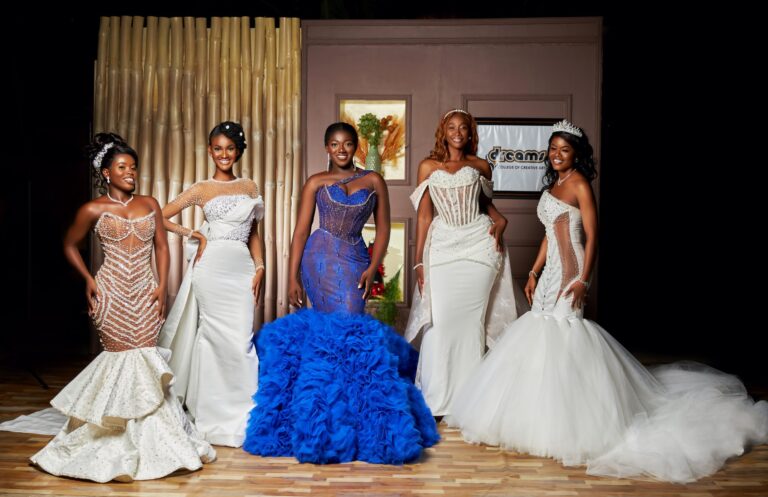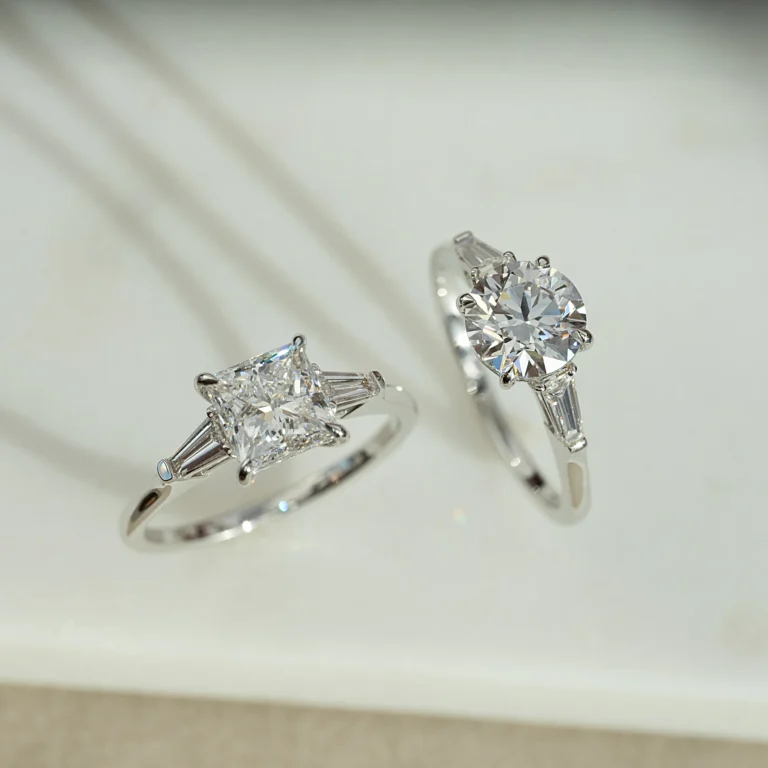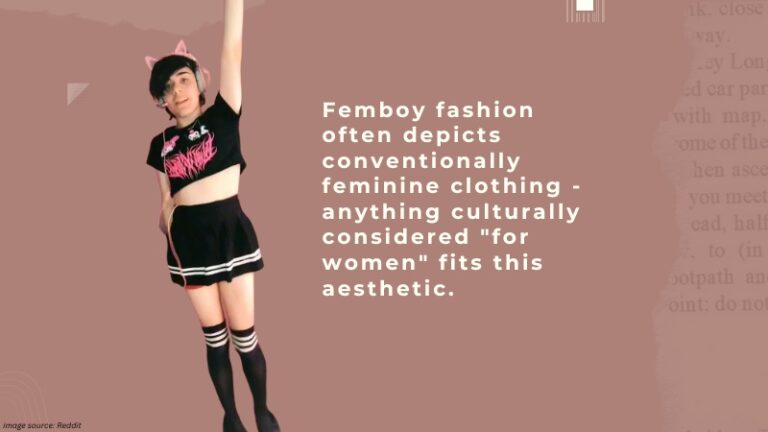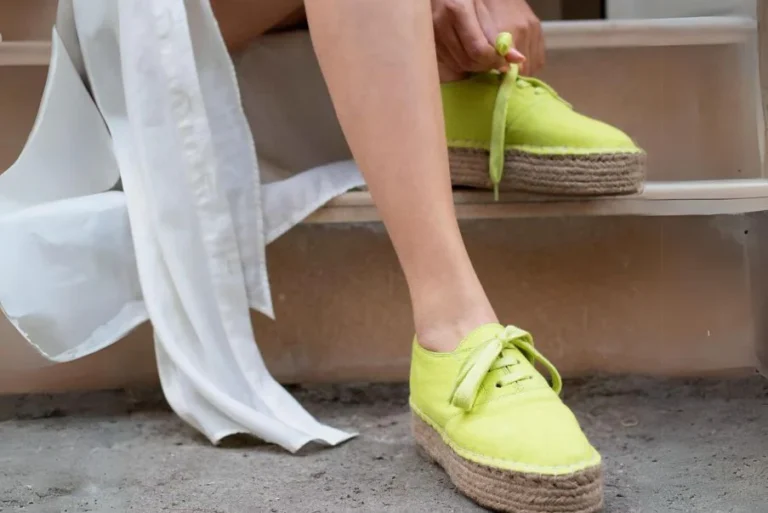The Sustainable Side of Everyday Bags
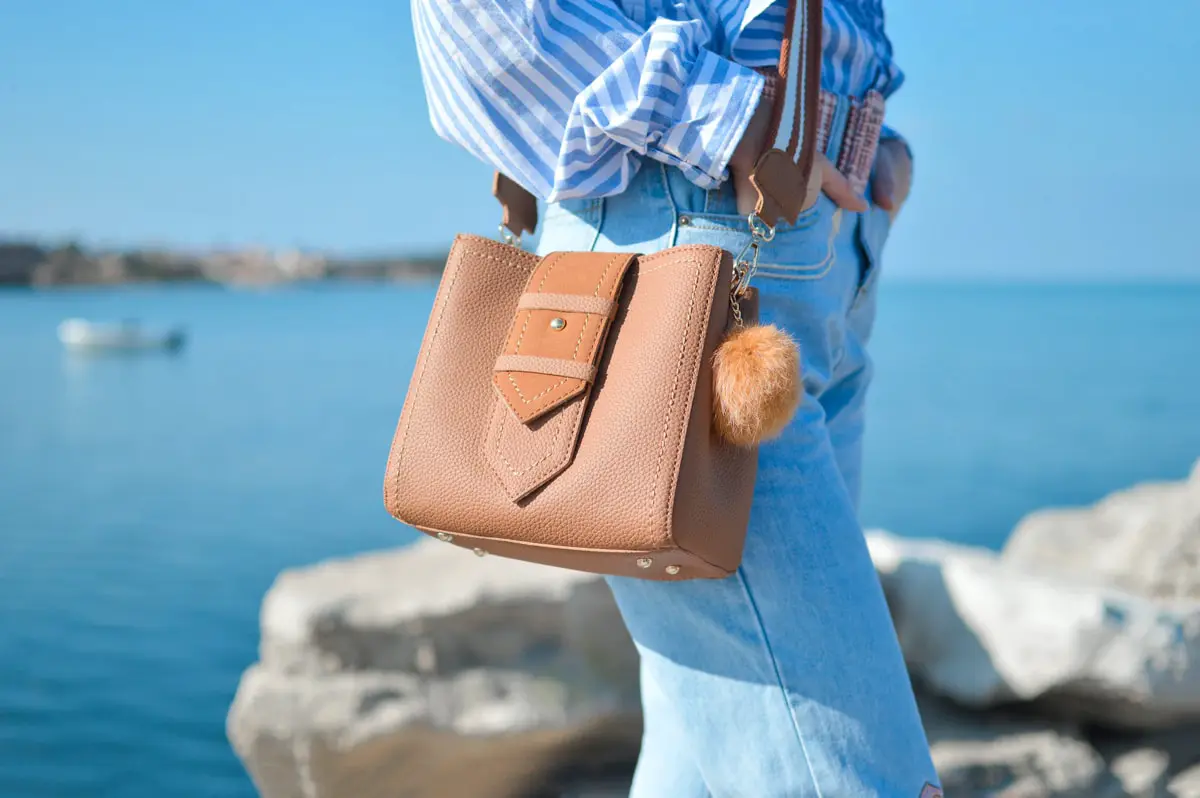
Table of Contents
- Understanding Sustainable Materials
- Brands Leading the Charge
- Innovations in Design and Functionality
- Making Conscious Choices
- The Future of Sustainable Bags
In today’s rapidly evolving fashion scene, sustainability has become a key driver in redefining not just how products are manufactured, but also how they are consumed and appreciated by conscious shoppers. While many people focus on clothing when considering sustainable choices, bags those everyday companions from backpacks and totes to elegant purses—are often overlooked despite their significant environmental impact. The constant churn of trends and disposable fast fashion has made it all too easy to ignore the true cost of the accessories we use daily. However, this status quo is being challenged by a growing awareness around making responsible purchases. For fashion lovers who want to look good while doing good, the market now offers a diverse selection of authentic designer bags created with genuine care for sustainability, ethics, and style.
Everyday bags have gone through a quiet transformation. Today, from versatile crossbodies that seamlessly shift from work to evening, to capacious totes that hold our lives together, these accessories are at the forefront of sustainable design. Brands are taking bold steps to ensure their products don’t just look beautiful but benefit both the environment and the communities that make them. The shift raises important questions: What exactly makes a bag sustainable? How do forward-thinking brands and thoughtful shoppers collaborate to spark real, lasting change in the fashion accessories world?
Understanding Sustainable Materials
True sustainability in fashion starts at the very beginning: the material selection process. Conventional leather remains popular for its durability and timeless look, but is also known for a heavy environmental toll due to processes that include immense water use, animal farming, and chemical-laden tanning. In response, the industry is waking up to the urgent need for alternatives, and remarkable innovations are reshaping the landscape for accessory materials. Vegan leather is surging in popularity, offering a cruelty-free substitute that mimics the appearance and feel of animal hides without the negative environmental impact.
Plant-based materials are particularly gaining traction. Fabrics like Piñatex, derived from pineapple leaves, and mycelium “un-leather,” made from mushrooms, showcase how agricultural byproducts and organic waste can be transformed into luxurious, functional alternatives. These eco-materials not only save resources but also harness renewable inputs that regenerate quickly, reducing pressure on natural ecosystems. A great illustration is Stella McCartney’s collection featuring fashion-forward pieces made from mycelium—a leap forward that proves sustainability and high design can go hand in hand. And it’s not just high fashion adopting these methods. Everyday brands now turn to recycled PET plastics, organic cotton grown without pesticides, and other natural fibers, further mainstreaming responsible sourcing.
Brands Leading the Charge
As the call for conscious consumerism grows, a range of forward-thinking brands are stepping up as sustainability leaders. These companies are committed to more than marketing buzzwords; they operate with total transparency, pursue rigorous certifications, and continually innovate to improve their environmental and social footprint. Troubadour Goods of London is a standout in this arena 88% of its bags are now constructed from recycled materials. Their pursuit of B Corp certification is more than a badge it denotes a holistic commitment to sustainability, from supply chain ethics to carbon footprint reduction and community engagement.
These pioneering brands extend their influence beyond their own collections. By setting high standards such as using organic textiles, reducing chemical use through low-impact dyes, and implementing closed-loop manufacturing systems that reuse resources they galvanize the wider industry to embrace similar values. Small independent designers and large fashion houses alike now follow suit, recognizing that modern consumers expect more than mere aesthetics. With every purchase, shoppers can affirm their alignment with brands whose business practices contribute to broader change rather than short-lived trends.
Innovations in Design and Functionality
The spirit of sustainability in bags today extends well beyond eco-friendly materials—it’s also reflected in creative design and practical features. Modern bag design is increasingly focused on solutions that fit diverse lifestyles, embedding multifunctionality at the core. Adaptable bags are trending: with attachable handles, convertible shapes, and even embedded tech—such as discreet charging ports or anti-theft pockets consumers no longer need to own multiple different bags for various needs. This heightened flexibility encourages people to simplify their wardrobes and focus on long-term value.
Creative approaches to reducing production waste are also key hallmarks of sustainable accessory design. Clever pattern making, digital prototyping, and modular construction help minimize off-cuts and scrap materials. Some brands go a step further, offering repair services, in-house recycling programs, or lifetime warranties to guarantee that well-made bags stay in circulation for years instead of ending up in a landfill. Such innovations not only address urgent environmental challenges but also grant customers peace of mind and a sense of connection to their purchases.
Making Conscious Choices
At the heart of all sustainable progress in fashion sits the consumer. The choices made at the checkout counter whether in a boutique or online have ripple effects on global practices. True conscious shopping means looking beyond green labels and asking probing questions: Where was the bag manufactured? What conditions did workers experience? What resources and chemicals were required for production? And, critically, what will happen to the bag at the end of its life?
Choosing bags constructed from recycled, upcycled, or rigorously certified organic materials helps minimize negative footprint while championing better industry standards. Shoppers should also prioritize transparency opting for brands that clearly communicate their supply chain and back up their claims with third-party audits and sustainability reports. Beyond ethos alone, considering quality and versatility ensures each new bag is an investment meant to last: the most sustainable choice is often the one that won’t need replacing time and again, ultimately cutting down both environmental impact and spending.
The Future of Sustainable Bags
While the journey toward true sustainability is ongoing, its momentum in the everyday bag market is unmistakable and irreversible. Innovation continues at a rapid pace not just with inventive biomaterials, but through systems thinking: new circular models, expanded take-back schemes, and a reimagined relationship between consumers and brands. As the general public’s demand for transparency, ethical practice, and reduced resource use grows, so too does the pressure on companies to take meaningful action.
Today, owning a sustainable bag no longer requires sacrifice or compromise shoppers enjoy peace of mind, exceptional quality, and striking style all in one accessory. By choosing impactful, responsible purchases and supporting businesses dedicated to positive change, each of us plays a part in moving fashion toward a brighter, more sustainable, and more compassionate future—one beautiful bag at a time.

